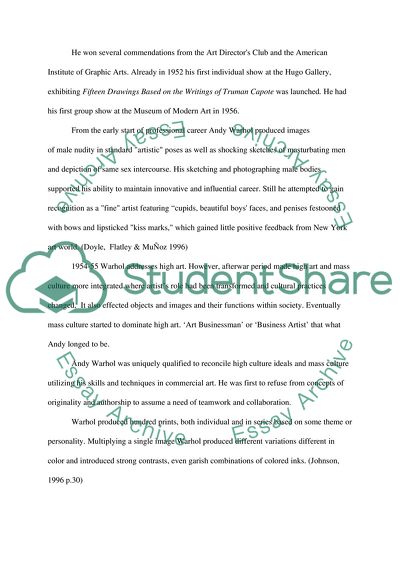Cite this document
(“Andy Warhol - Ambulance Disaster Essay Example | Topics and Well Written Essays - 2250 words”, n.d.)
Retrieved de https://studentshare.org/visual-arts-film-studies/1554235-andy-warhol-ambulance-disaster
Retrieved de https://studentshare.org/visual-arts-film-studies/1554235-andy-warhol-ambulance-disaster
(Andy Warhol - Ambulance Disaster Essay Example | Topics and Well Written Essays - 2250 Words)
https://studentshare.org/visual-arts-film-studies/1554235-andy-warhol-ambulance-disaster.
https://studentshare.org/visual-arts-film-studies/1554235-andy-warhol-ambulance-disaster.
“Andy Warhol - Ambulance Disaster Essay Example | Topics and Well Written Essays - 2250 Words”, n.d. https://studentshare.org/visual-arts-film-studies/1554235-andy-warhol-ambulance-disaster.


